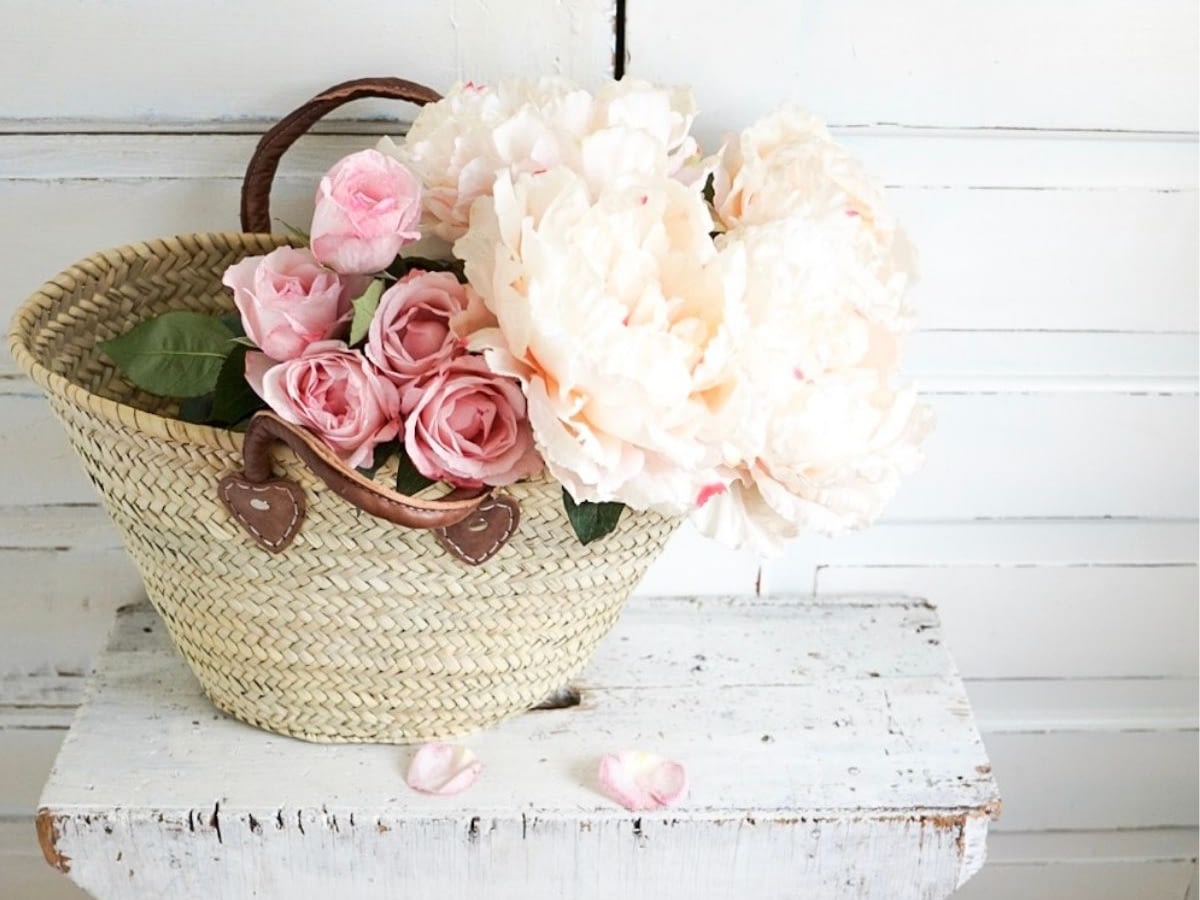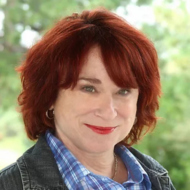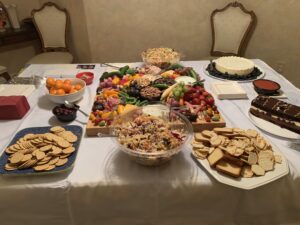
Not What I Thought It Would Be

Kerry Arquette
CEOLC Secretary & Co-Founder | End of Life Midwife | Certified by The Conscious Dying Institute, Denver Hospice
My end-of-life doula training was, I believe, comprehensive and thorough. I was taught all about holding space, talking about sensitive subjects, bedside comfort care, and sitting vigil. I was instructed on legacy projects, providing family respite, and educating both family and the client about aspects—from the legal to what to expect when death is eminent.
My training included projects designed to help me open-up emotionally…to put myself in my clients’ slippers. During one of these exercises my classmates and I put on hospital gowns, lay down on the floor, were covered with a blanket, and encouraged talk about our feelings about being terminally ill.
My training included videos and movies dealing with the topic of dying and death. Some were instructive while others were slice-of-life stories focused on somebody who was dying, or those working with terminal patients.
My training explored natural oils and comforting touch. We were taught to put together a basket with tools of the trade, including those oils, lotions, candles, Vaseline for chapped lips, perhaps a book of poetry…to keep in the car, at the ready if I was called out on an urgent doula mission.

By the time I completed the training I felt armed with information and was beyond-eager to launch myself as a professional end-of-life doula. I couldn’t wait to be there, on the scene, filled with compassion for my clients. But, as most doulas discover, clients aren’t yet lined up at our doors. And covid exacerbated what was already a slog. So, I was excited when I was hired recently by my first client.
I met with my client at an upscale suburban home. Standing on the doorstep I felt fired up—ready to companion, advocate, support, facilitate communications, educate, provide respite, help plan aftercare, organize a living funeral, take on legacy projects and more.
The client was on a hospital bed in her daughter’s home. Very quickly, I realized that she was too ill and too miserable to want to talk. Her daughter stepped in, explaining the medical situation, and letting me know that her mother had already shared her wishes regarding cremation and memorial. Her mind was now focused on hospice care, but medical treatment was still being pursued and the latest tests showed remarkable improvement in her condition. I assumed there would be time to explore hospice options the next time we met, but before that could happen there was a turn for the worst and the patient’s doctor set up hospice.
With all my education, I was at a loss as to how to help the client or her family. She was far beyond caring about things like legacy projects and far, FAR beyond being up for a living funeral. I offered to provide respite so the daughter could have some down time. I offered to provide support at medical appointments. I even offered to make matza ball soup–a favorite of the client. But the family refused my offers. They had it all under control, taking turns at bedside and hiring round-the-clock nurses.
That visit with my client at her lovely daughter’s home was the only time I saw her face-to-face. After that, her daughter texted me daily updates. Sometimes she would write that her mother might want to talk to me later in the afternoon, but those “laters” seldom happened. I responded to texts with continuing offers to help in any way needed, and then bought and sent the client an audible book I thought she might like to listen to as she lay semi-sleeping.
It was about a week later that I received a text saying that my client had died peacefully.
I struggled with feelings that this was NOT the way doula-ing was supposed to be! I had been hired, paid, and had done virtually nothing to help either my dying client or her family because there seemed to be nothing to do. I hadn’t been bedside to sooth, sing, or sit vigil. I’d had no meaningful conversations about life and death. My hope to help create legacy projects was still unrealized. My lotions and candles were still tucked into their basket.
Then, a week after the death, the family reached out to ask if I could help cater a small brunch and a casual dinner on the weekend of the memorial. And I, of course, said “yes.”

I was never told that being an end-of-life doula might include being a caterer (and it needn’t be, if the doula does not embrace the role.) But what a perfect illustration of a truism—one that I needed to be reminded of—that, as end-of-life doulas, we will never know what our role is going to be and must embrace flexibility. We can only show up prepared, offer what we can offer, be attuned to constantly shifting scenarios, and open to new experiences.


